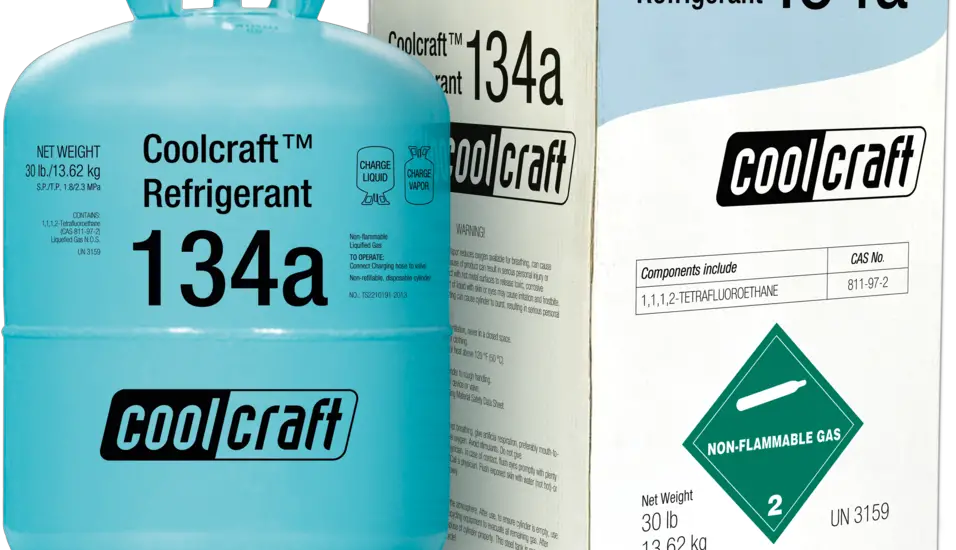How to recover refrigerant into a compressor? If you’re nodding your head right now, then this is the guide for you! But let’s be clear: safety is paramount here. We’re dealing with potentially dangerous substances, so you’ve got to treat them with respect. Ready? Let’s get started!

Table of Contents
Tools Required for Refrigerant Recovery
Picture yourself as a chef, you can’t whip up a gastronomic delight without the right ingredients and utensils, can you? The same goes for refrigerant recovery, folks! You need the right tools for the job.
Recovery Machine
Basic Features
First off, we’ve got the recovery machine, the superstar of this operation. It’s like your sous-chef in a restaurant, doing the heavy lifting. But what should it have? An oil-less compressor and an in-built purge circuit are two must-have features.
Understanding How to Use it
Like any piece of tech, your recovery machine comes with a learning curve. But hey, don’t sweat it! Take a look at the manual, it’s there for a reason. You’ll get the hang of it in no time.
Manifold Gauge Set
Importance in the Recovery Process
Next up, the manifold gauge set, the Robin to your Batman. What’s it do? It gives you the refrigerant pressure readings. A bit technical, I know, but it’s important, trust me.
Using the Manifold Gauge Set
Using the manifold gauge set is not rocket science. Connect the hoses to the correct service valves, and off you go! Need a detailed guide? The manual is your friend.
HVAC System’s Service Valves
Identification and Location
Next, we need to find the service valves. These little guys are the entry and exit points for the refrigerant. They’re usually not hard to find, look at the back of your HVAC system.
Usage during Recovery
Remember, these valves control the flow of the refrigerant during the recovery. So, handle with care and never force them open or closed. Alright?
Recovery Cylinder
Cylinder Types and Their Differences
Recovery cylinders come in different shapes and sizes. There are refillable ones and disposable ones. Which one to choose? It depends on your needs and budget.
Safe Cylinder Handling and Storage
One golden rule here, folks: never, and I mean NEVER, fill the cylinder beyond 80% of its capacity. It’s not just a safety issue, it’s also about performance. Got it?
For more articles on refrigerants, click here.
Step-by-Step Guide to Refrigerant Recovery into Compressor
We’re about to embark on a journey, folks! A step-by-step guide on how to recover refrigerant into the compressor. Buckle up and follow closely!
Step 1: Safety Check
First things first, ensure you’re wearing your safety gear. Remember, safety first!
Step 2: Setup of Recovery Equipment
Connecting the Manifold Gauges
Connect the manifold gauges to the service valves. Double-check the connections, no room for errors here!
Connecting the Recovery Machine
Now, connect your recovery machine to the manifold gauge set. And hey, make sure the machine is off before you do this.
Preparing the Recovery Cylinder
Got your recovery cylinder ready? Great! Connect it to the recovery machine, ensuring a tight connection.
Step 3: Begin Recovery Process
Opening Service Valves
Now, open the service valves. This starts the flow of refrigerant into the recovery cylinder.
Starting the Recovery Machine
Now, it’s time to start the recovery machine. Keep an eye on the pressure gauges as the refrigerant starts flowing.
Step 4: Monitoring the Recovery Process
During recovery, you’ve got to monitor the process. Check the pressure gauges regularly and ensure the cylinder isn’t overfilled.
Step 5: Finalizing and Disconnecting Equipment
Shutting Down the Recovery Machine
Once recovery is complete, shut down the recovery machine. Easy does it!
Disconnecting the Equipment
Time to disconnect all the equipment. But remember, folks, do this slowly and carefully to prevent any refrigerant leaks.
Troubleshooting Common Issues
Let’s be real, things don’t always go as planned. But hey, no problem! We’ve got a few troubleshooting tips for you.
Recovery Machine Not Functioning Properly
Common Causes
If your recovery machine isn’t functioning properly, it could be due to a few reasons. It could be a power issue or a problem with the machine itself.
Potential Solutions
Try checking the power supply, the machine’s connections, and if needed, consult the user manual for troubleshooting tips.
Leaking Refrigerant During Recovery
Identifying the Source
If there’s a refrigerant leak during recovery, identify the source. It could be a loose connection or a faulty service valve.
How to Address Leaks
Once you’ve found the leak, address it promptly. Tighten any loose connections or replace faulty service valves if necessary.
Conclusion
Importance of Proper Refrigerant Recovery
So there you have it! That’s how to recover refrigerant into a compressor. Remember, doing this correctly is not just about efficiency, it’s also about environmental responsibility.
Continuous Learning and Training Opportunities
And remember, there’s always room for improvement. Seek out continuous learning and training opportunities to refine your skills. Because hey, you’re never too old to learn something new, right?